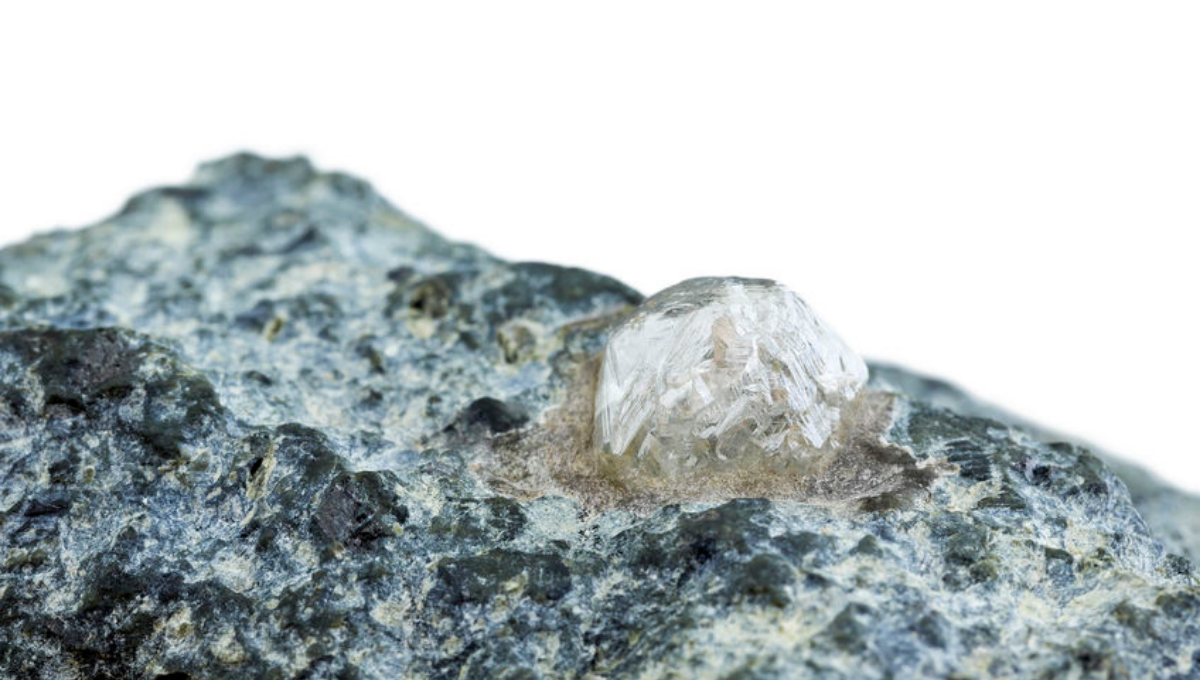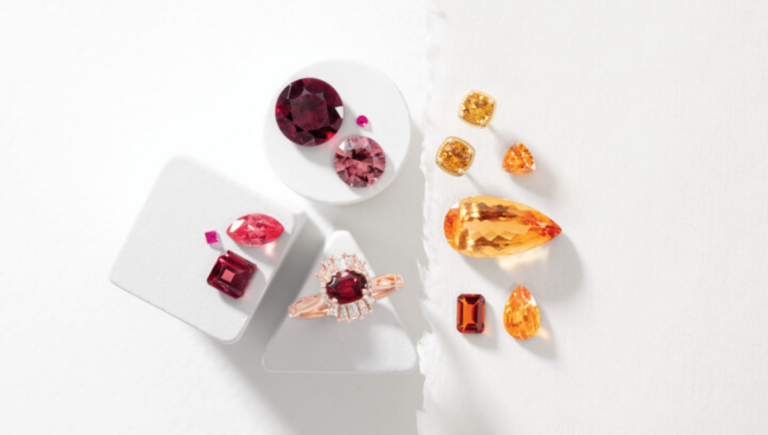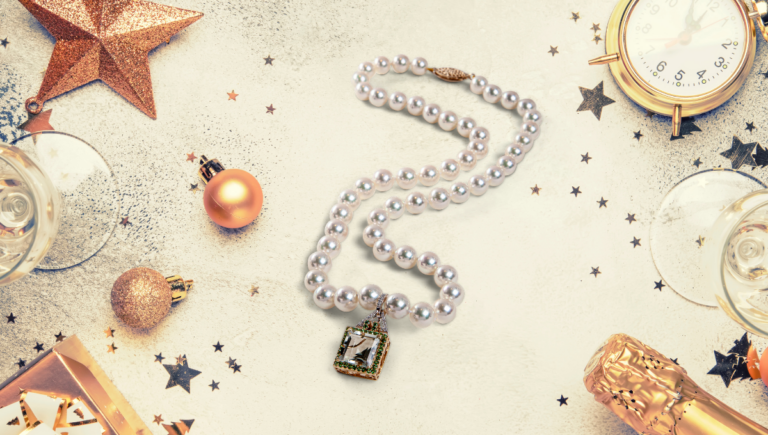When folks hear the term “lab-grown diamonds,” their reactions range from wrinkling their noses in distaste to genuine interest. Before we dive into talking about lab-grown diamonds, let’s spend some time understanding the difference between the two.
What are “Mother Earth” Diamonds?
In our store, we refer to naturally created or mined diamonds as “Mother Earth” diamonds. Millions of years ago, ribbons of carbon under extreme pressure and high temperatures began to bond and form crystals. These conditions occur in cratons – an older, more stable part of the Earth’s mantle – which survived the violent merging of tectonic plates.
Diamonds arrive at the surface, carried upwards by rare volcanic eruptions called kimberlites, which create each stone’s unique character and color. At this stage, they aren’t very pretty and may not be immediately recognizable as diamonds. Raw diamonds have an outer “skin,” which is where the phrase “diamond in the rough” comes from, referring to the diamond’s original unpolished state.
These beautiful diamonds complete their journey when they arrive in our store cut, polished, and ready to become jewelry.
How Do You Grow Diamonds in a Lab?
Today scientists can replicate the process that usually occurs 100+ miles underground using two different methods. High Pressure-High Temperature (HPHT), and Chemical Vapor Deposition (CVD). Each process begins with a “seed” (or sliver) of an actual diamond. The seed will grow crystals when under artificially imposed high pressure and heat (HPHT).
Chemical Vapor Deposition (CVD), a newer process, immerses a seed in a sealed chamber filled with carbon-rich gas. When the heat in the chamber reaches 800C, gas becomes plasma, molecular bonds break down and pure carbon sticks to the diamond seed. This is how you slowly grow a new diamond atom by atom.
Are Lab-Grown Diamonds Real Diamonds?
A lab-grown diamond (aka synthetic diamonds, artificial diamonds, cultivated diamonds or cultured diamonds) is a real diamond. They are chemically, physically, and optically identical to a Mother Earth diamond. The fundamental differences are location, time and price.
Creating diamonds in a lab accelerates the process from several million years underground to six (6) to ten (10) weeks in a lab. Lab-grown diamonds are, on average, 20-25% more affordable than mined diamonds.
So lab-grown diamonds are not some kind of “weird science,” but an innovation that makes them truly a conflict-free diamond.
Are Lab-Grown Diamonds Good Quality Diamonds?
Each lab-grown diamond undergoes the same grading and certification process as mined diamonds. While specifics vary from one lab to the next, most grade the diamond according to the 4 C’s. Cut, clarity, color, and carat. They also consider symmetry, polish, and fluorescence.
These man-made gems come with a complete analysis and grading report. The diamond number is laser inscribed on the stone’s girdle, starting with “LG,” which stands for “Laboratory-Grown.”
Should I Buy Lab-Grown Diamonds?
When it comes time to select that special diamond for an engagement ring or a pair of earrings, keep in mind you have options. Lab-grown diamonds may allow you to have the piece you’ve always dreamed of while staying within your budget.
Lab-grown diamonds are genuine, from an ethical source, easier on the environment, and more affordable than their mined counterparts. This makes them attractive alternatives for some customers. Other people may be more concerned about qualities like price, resale value, rarity and desirability.
Can I Resell My Lab-Grown Diamond?
If it’s important to you that your diamond hold some part of its value for future trade in’s or sale, a lab-grown diamond may not be for you.
While there is no physical difference between a Mother-Earth diamond and one grown in a lab, the resale market hasn’t quite caught up with the technology. Lab-grown diamonds do not currently have a resale value. Mother-Earth diamonds seem to retain about 50% (on average) of their retail value.
If you purchase a synthetic diamond, you’re choosing it because you love how it looks, not as an investment to be cashed in at some future date.
What Are Conflict-Free Diamonds?
Some people are more concerned about the origins of their diamond than what it’s worth. There is a dark side to the natural diamond market that drives some buyers to seek stones verified as “conflict-free” or lab-grown.
There are regions of the world, like Sierra Leone, where diamond mines are notorious for their human rights abuses. The revenue from these mines can fund wars and encourage government corruption. The extraction methods cause great environmental damage.
At Lake Street Diamond Company, ALL our suppliers are carefully vetted to avoid gemstones from war zones. Our vendor in Canada offers a certificate that tracks and documents a diamond’s journey from the originating mine to market.
See the Difference With Your Own Eyes
Considering a lab-grown diamond? We stock both types. Stop in or make an appointment for an in-person, side-by-side comparison right here at Lake Street Diamond Company.
What is most important to us is that our customers are ecstatic when they open the box and see their new piece of jewelry, regardless of the diamonds being lab-grown or from “Mother Earth.”
Sources: www.gia.edu | www.geology.com | BBC “Future Planet” (2/9/2020).



